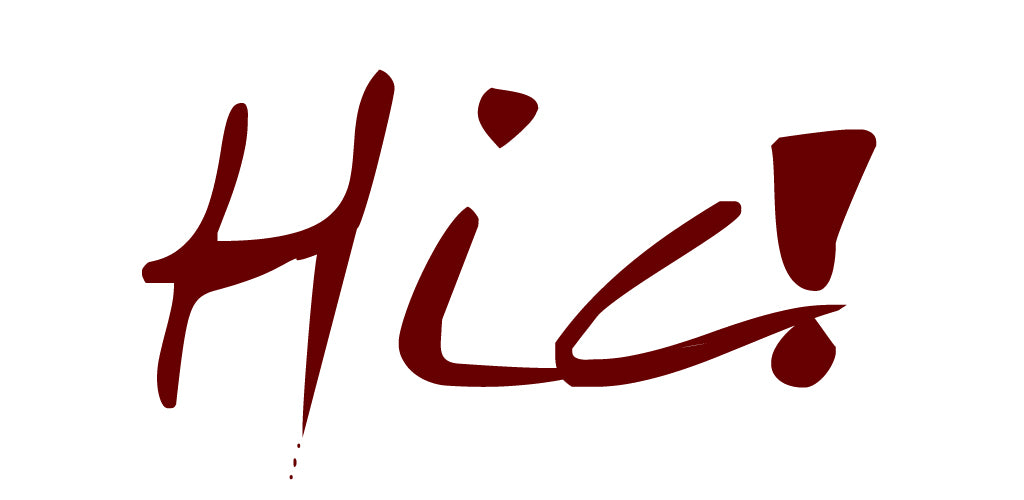France | Vin de Pays - IGP & Vins de France

The classification of wine in France and the wine laws of many members of the European Union continue to evolve. In 2009 new designations of quality and authenticity were introduced by the European Union to offer a clear approach for consumers in their decision making.
From a French perspective the entry level of basic wine, formerly referred to as Vin de Table (Table Wine), is now known simply as Vins de France. Whilst they are considered France’s lowest ranking quality, many are far from being bad wines. A Vin de France can come from anywhere in France and are sold without their area of origin on the label.
Vins de France are typically sold under the producer's name or use a brand name that will make it easier for consumers to recognise. For a single grape wine, the name of the grape used is permitted on the label and other wines are blends. Most Vins de France are relatively young wines that are meant to be drunk with little ageing and much of that which is produced is consumed locally.
The next tier of French wine classification was formerly known as country wine (Vin de Pays), and accounts for more than one-third of French wine produced. In the new EU system, these are considered table wines with protected geographical indication (PGI). The wines may be varietally labeled, and may use the term Indication Géographique Protégée (IGP), the traditional “Vin de Pays,” or a combination of both, as in “IGP - Vin de Pays.” This label gives the consumer assurance that the wine was made in a particular part of France.
There are few restrictions on these wines, except that at least 85 percent of the grapes must come entirely from within the boundaries of one of the 152 delimited Vin de Pays regions. At this level, French wine now seems more focused on the grape variety rather than on the region of origin; however, in many cases this more straightforward approach to labelling now affords wine producers the opportunity to compete more directly with the consumer-friendly varietally labeled wines of the New World.
The designation is divided into three tiers:
Régionaux (regional):
There are five large regional IGPs:
- IGP - Vin de Pays d’Oc: This is perhaps the best known of the regions which covers the Languedoc-Roussillon region.
- IGP - Vin de Pays Val de Loire: This covers the entire Loire Valley and was formerly known as Vin de Pays du Jardin de la France.
- IGP - Vin de Pays Comtés Rhodaniens: This includes portions of the Northern Rhône Valley, Jura, and Savoie.
- IGP - Vin de Pays de Méditerranée: This covers the southeast of France.
- IGP - Vin de Pays Comté Tolosan: This covers the southwest France.
Départementaux (departmental):
There are fifty-two departmental IGPs whose boundaries match the political boundaries of a French département (“county”), located within the larger regional IGP areas.
Zone (local):
Another ninety-plus IGPs, known as vin de pays de zone, are smaller, locally specific areas, often named after a historic or geographical feature.
From£9.50
From£12.00
From£13.50
From£13.50
From£13.50
From£14.75
From£15.75
From£16.50
From£18.50
- ←
- →
























